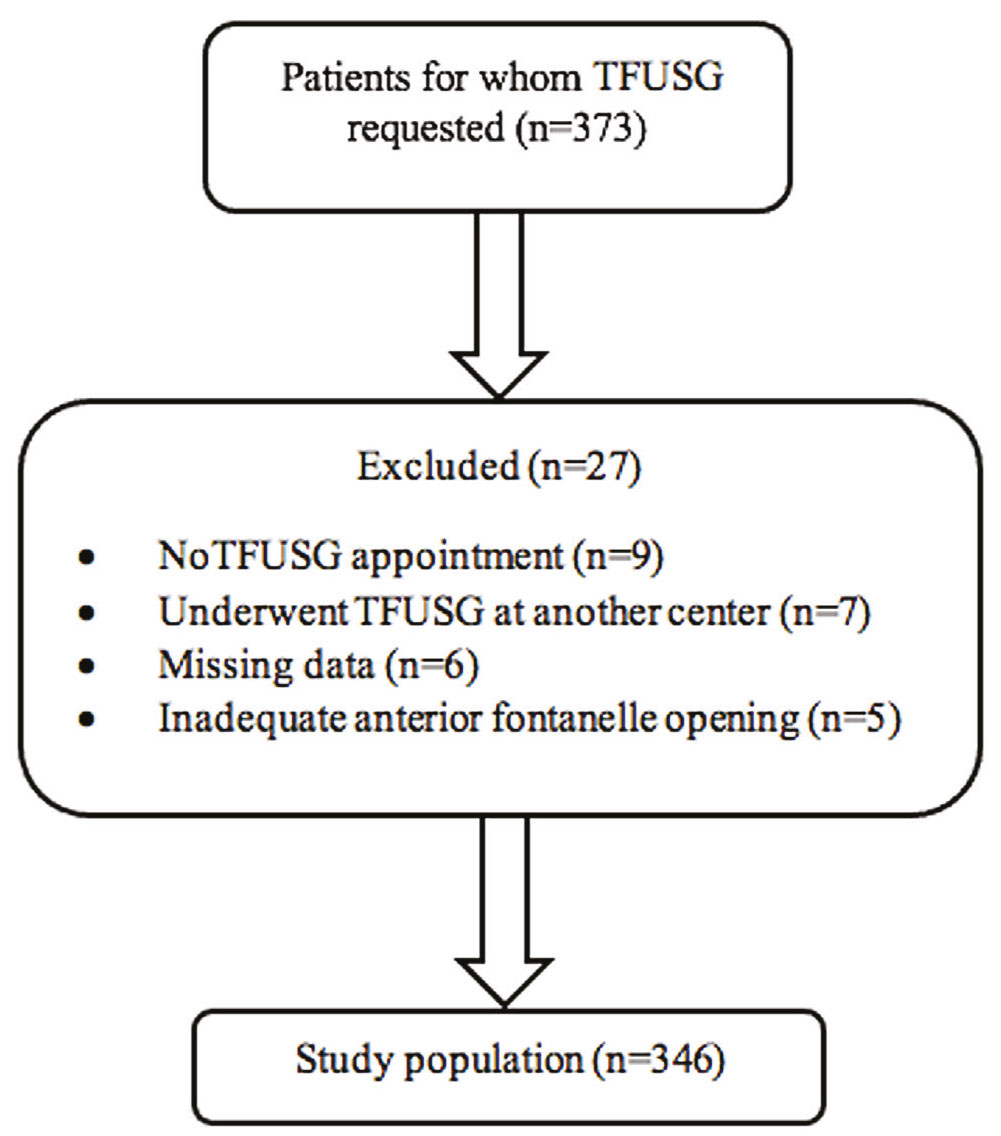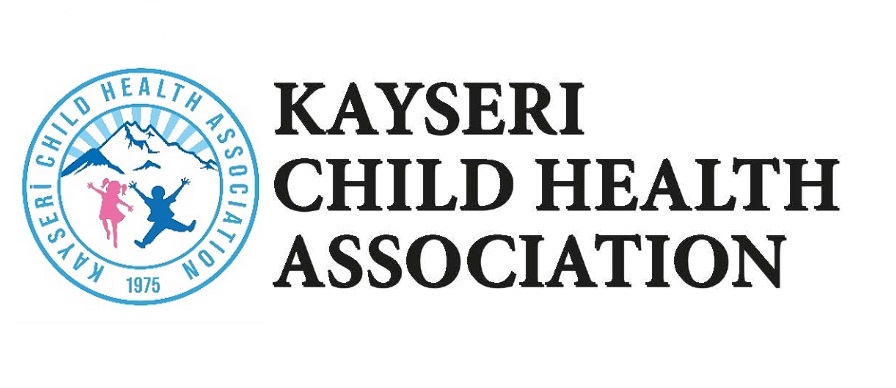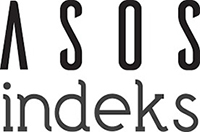Clinical Indications and Diagnostic Yield of Transfontanelle Ultrasound in 346 Infants: A Retrospective Single-Center Study
Clinical Utility of Cranial Ultrasonography
DOI:
https://doi.org/10.4274/jpea.2025.431Keywords:
Cranial imaging, prematurity, ultrasonographyAbstract
Transfontanelle ultrasonography (TFUSG) is a reliable and non-invasive imaging method used for early detection of cranial abnormalities during the neonatal and infant periods. This study aimed to evaluate the reasons for TFUSG requests, demographic features, and imaging findings in infants under one year of age. In this retrospective study, medical records of 346 infants who underwent TFUSG in the pediatric neurology outpatient clinic of a tertiary hospital between January 1, 2023, and December 31, 2024, were reviewed. Demographic data, TFUSG indications, and imaging findings were analyzed. The study included 346 infants, of whom 214 (61.8%) were male and 132 (38.2%) female, with a mean age of 3.06±2.4 months. A total of 60.1% of the infants were born prematurely. The most common indications for TFUSG were a history of prematurity and/or neonatal intensive care unit admission (56.6%), suspected seizures (20.8%), and clinical findings such as developmental delay, microcephaly, or macrocephaly (12.4%). TFUSG results revealed normal findings in 64.7% of cases, normal variants in 6.4%, and pathological findings in 28.9%. The most common pathologies included increased cerebrospinal fluid spaces (54%), germinal matrix hemorrhage (34%), and hydrocephalus (12%). Abnormal TFUSG findings were significantly more common in male infants, while no significant difference was found concerning gestational age. TFUSG is an effective imaging modality that contributes substantially to the diagnostic process in pediatric neurology outpatient settings. Further studies with larger cohorts are needed to standardize findings and improve diagnostic accuracy.

Downloads
Published
How to Cite
Issue
Section
License
Copyright (c) 2023 The Journal of Pediatric Academy

This work is licensed under a Creative Commons Attribution-NonCommercial-NoDerivatives 4.0 International License.








